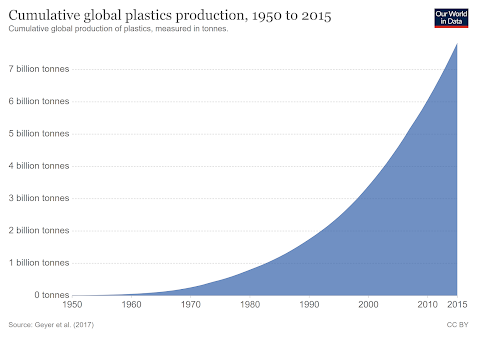Can We Let Go of Plastic?

Plastic pollution is a huge environmental issue that is affecting every corner of the world. This past month I heard many shocking statistics and facts about how plastic has taken over. Specifically, I was listening to the “ Green and Gritty ” podcast where they talked about Greenwashing . One host mentioned how when the “plastic straw revolution” occurred Starbucks decided to replace their dome lid and straw with a sippy cup, a great way to reduce plastic waste! Or so we thought. She continued to explain that the new sippy cup contained more plastic than the previous straw and lid combination, so in reality, it was a step backwards. Hearing this news was shocking to me, hence I decided to do some digging into the plastic kingdom the earth has become and why we cannot escape it. The current state of plastic pollution on this planet is horrifying. We produce 381 million tonnes of plastic waste yearly (this is expected to double by 2034), there...

